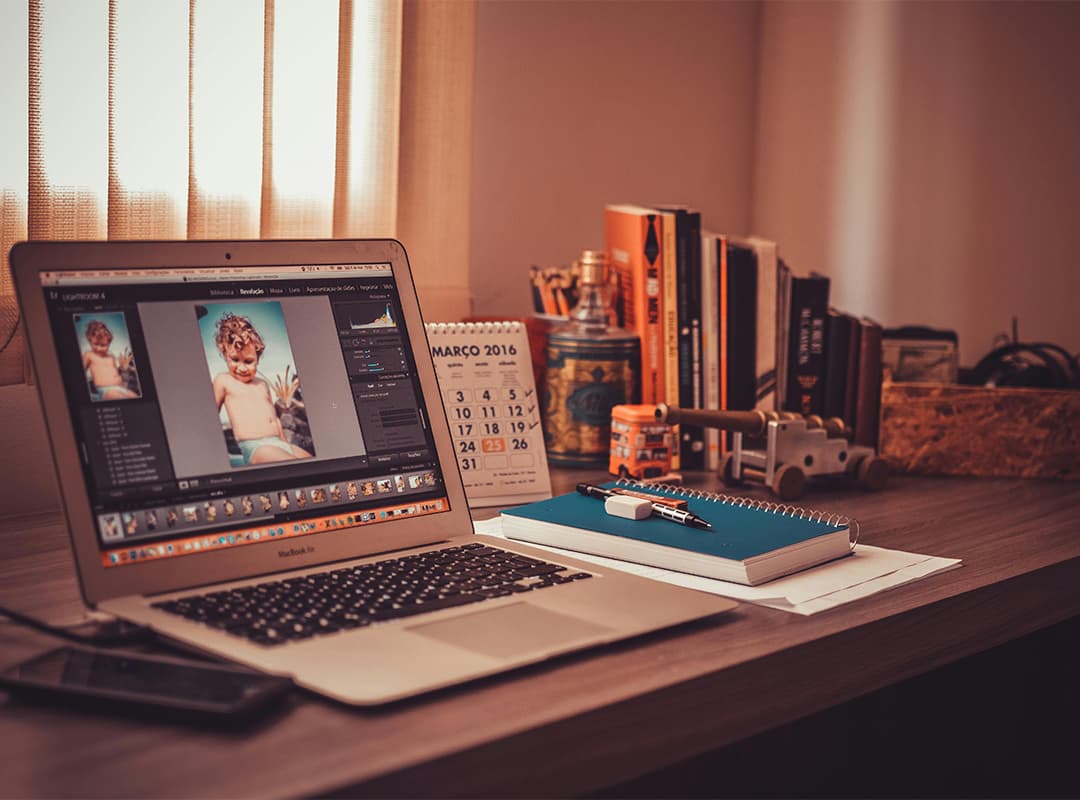In today’s digital marketplace, the design of a product, website, or brand can significantly influence its success. A compelling design not only attracts attention but also drives conversions and sales. Understanding the principles of effective design is crucial for businesses looking to stand out and achieve their goals. This article explores how to create a design that sells, highlighting essential elements and strategies, while emphasizing the benefits of utilizing logo design packages.
Understanding the Importance of Design
Design is more than just aesthetics; it plays a critical role in how consumers perceive a brand and its products. An effective design communicates trust, professionalism, and a clear message. Poor design, on the other hand, can lead to confusion and deter potential customers. Therefore, creating a design that sells requires a strategic approach that integrates brand identity, user experience, and marketing principles.
Key Elements of a Selling Design
1. Know Your Audience
The first step in creating a design that sells is to understand your target audience. Conduct market research to gather insights into their preferences, behaviors, and pain points. Consider factors such as demographics, interests, and buying habits. By tailoring your design to meet the needs and expectations of your audience, you can create a more engaging and relevant experience.
2. Establish a Strong Brand Identity
A strong brand identity is essential for building recognition and trust. Your design should reflect your brand’s values, personality, and unique selling proposition (USP). Consistency in branding—through colors, typography, and imagery—helps reinforce your brand identity and makes it more memorable. For businesses looking to establish or refresh their brand, utilizing logo design packages can ensure a professional and cohesive visual identity.
3. Focus on User Experience (UX)
User experience is critical to design effectiveness. A user-friendly interface enhances the overall experience, making it easier for customers to navigate and interact with your product or website. Key aspects of UX design include:
- Intuitive Navigation: Ensure users can easily find what they are looking for. A clear and logical navigation structure helps guide users through your site or product.
- Mobile Responsiveness: With the increasing use of mobile devices, your design must be responsive and accessible across various screen sizes.
- Loading Speed: A slow-loading website can lead to high bounce rates. Optimize images and code to ensure quick loading times.
4. Create Visual Hierarchy
Visual hierarchy helps guide users’ attention to the most important elements of your design. Use size, color, and placement to emphasize key messages, calls to action, and products. By establishing a clear visual hierarchy, you can direct users through the content and encourage desired actions.
5. Use Compelling Visuals
High-quality images and graphics can significantly impact a design’s effectiveness. Use visuals that resonate with your audience and complement your brand identity. Infographics, videos, and illustrations can enhance user engagement and convey complex information more effectively. Always ensure that visuals are relevant, professional, and aligned with your brand message.
6. Craft Persuasive Calls to Action (CTAs)
CTAs are essential for guiding users toward taking specific actions, such as making a purchase or signing up for a newsletter. Ensure your CTAs are clear, compelling, and prominently placed within your design. Use action-oriented language and design elements that make them stand out, encouraging users to click.
7. Test and Iterate
Creating a design that sells is an ongoing process. Conduct A/B testing to evaluate different design elements and see what resonates best with your audience. Gather feedback through user testing and analytics to identify areas for improvement. Regularly iterating on your design based on user insights will help refine the overall effectiveness and drive sales.
The Role of Logo Design Packages
For businesses aiming to create a design that sells, investing in logo design packages can be a strategic move. These packages typically offer a comprehensive solution that includes various logo concepts, branding guidelines, and visual assets that align with your overall design strategy.
Benefits of Using Logo Design Packages
- Professional Quality: Logo design packages often include designs created by experienced professionals, ensuring high quality and appeal.
- Brand Consistency: A cohesive logo that aligns with your overall branding helps establish a strong identity across all platforms and materials.
- Time Efficiency: By utilizing a package, businesses can save time in the design process, allowing for a quicker launch of branding initiatives.
Creating a design that sells requires a thoughtful approach that combines understanding your audience, establishing a strong brand identity, and focusing on user experience. By incorporating compelling visuals, crafting persuasive CTAs, and continuously testing and iterating, designers can significantly enhance the effectiveness of their designs. Additionally, utilizing logo design packages can provide a solid foundation for branding, ensuring consistency and professionalism. With these strategies in place, businesses can create designs that not only attract attention but also convert visitors into loyal customers.
